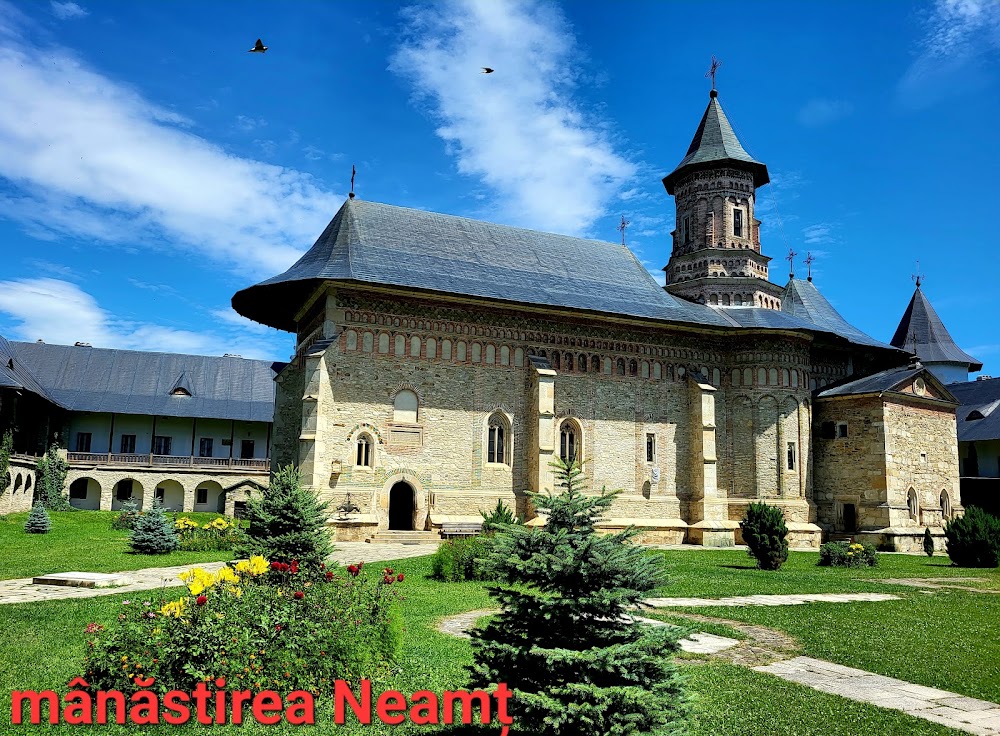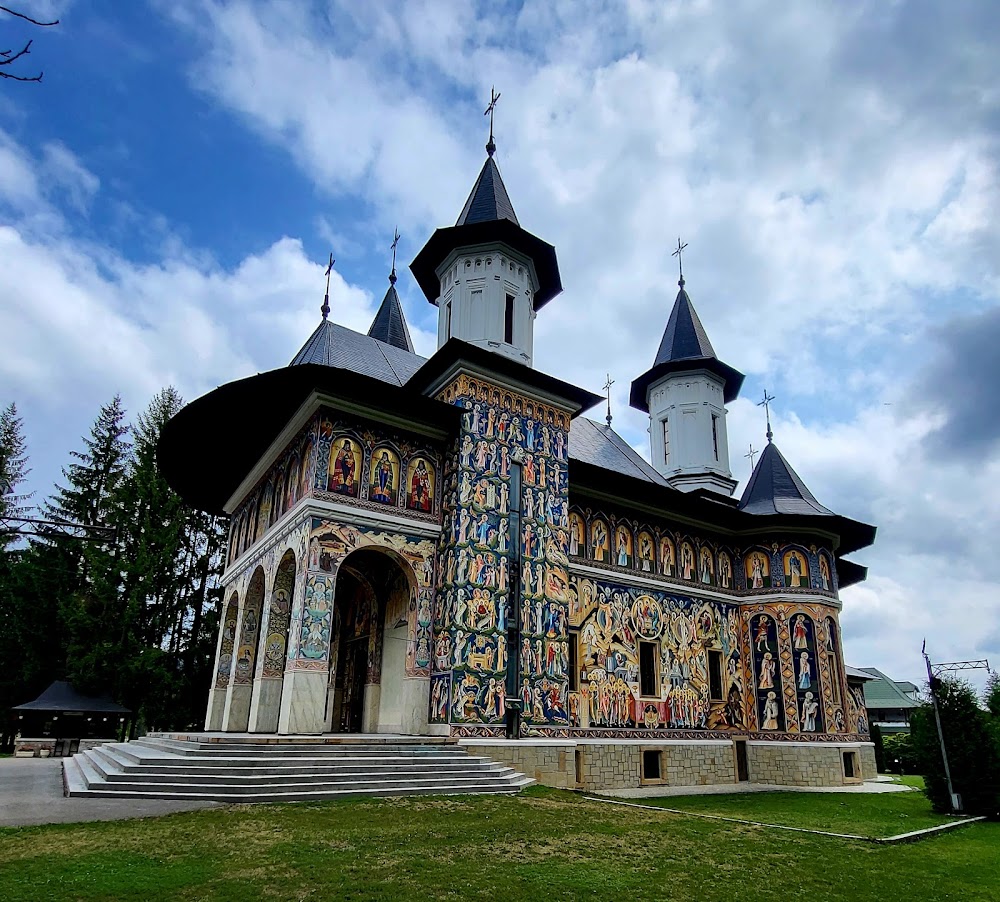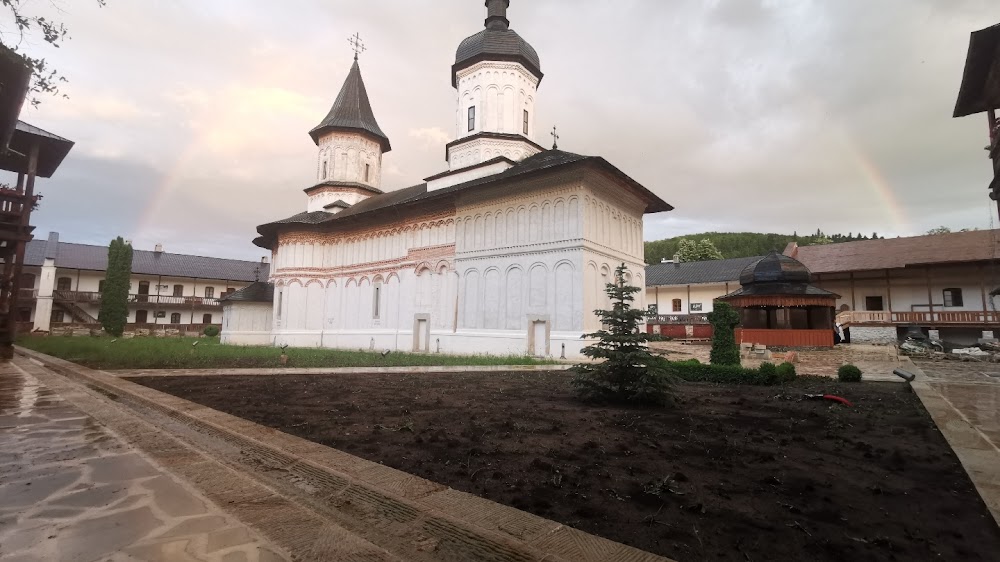Neamț Monastery (Mănăstirea Neamț)
Overview
Neamț Monastery: A Jewel of Romanian Heritage
Nestled in the picturesque Neamț County of Romania, the Neamț Monastery is not just an architectural marvel but a profound symbol of the region's rich history. As one of the oldest and most significant Romanian Orthodox monasteries, its origins trace back to the 14th century, making it a vital part of Eastern European heritage.
The monastery was founded around 1370 by Petru I Mușat, a Moldavian Voivode. However, it was during the 15th century that it truly flourished, thanks to the renowned Moldavian prince, Stephen the Great. His reign marked a period of significant expansion and enhancement for the monastery, reflecting his commitment to the cultural and spiritual development of Moldova.
Architectural Splendor
One of the most captivating features of Neamț Monastery is the Church of the Ascension of the Lord, which exemplifies the unique Moldavian architectural style—a harmonious blend of Byzantine and Gothic elements. Constructed between 1497 and 1499, the church's exterior is adorned with intricate frescoes and stone carvings, while the interior dazzles with stunning iconography and religious artifacts. This exquisite design is a testament to the artistic and spiritual aspirations of the era.
In addition to the church, the "Belltower of Neamț," completed in 1485 under the guidance of Gheorghe Ștefan, stands as a proud sentinel of the monastery. Originally serving as a lookout during attacks, this impressive structure remains a significant historical landmark today.
A Center of Learning and Culture
Throughout the centuries, Neamț Monastery has played a crucial role beyond its religious significance. It emerged as a vital cultural and educational hub, housing a renowned scriptorium where monks meticulously copied and illuminated manuscripts. This vital work ensured the preservation and dissemination of medieval Moldavian literature and religious texts, solidifying the monastery's position as a beacon of learning and spirituality.
The monastery's library was historically one of Romania's most important, safeguarding a wealth of manuscripts that are invaluable for understanding medieval Moldavian history and culture. While some texts have been lost to time, the library's legacy as a center of knowledge endures.
Historical Resilience
Neamț Monastery has also been a silent witness to various historical conflicts, withstanding numerous sieges and attacks, including those by the Tartars and Ottomans. Its strategic defenses—thick walls and sturdy gates—highlight its dual role as both a spiritual retreat and a military stronghold.
A Living Heritage
Today, Neamț Monastery remains an active site of worship and pilgrimage, drawing visitors and pilgrims from around the globe. People come to admire its stunning architecture, delve into its rich history, and immerse themselves in the tranquil spiritual atmosphere. Ongoing preservation efforts ensure that this cultural treasure will continue to inspire future generations.
In summary, Neamț Monastery is a remarkable testament to centuries of faith, resilience, and cultural richness. It stands not only as an architectural wonder but also as a beacon of Romania's vibrant spiritual and historical heritage.






